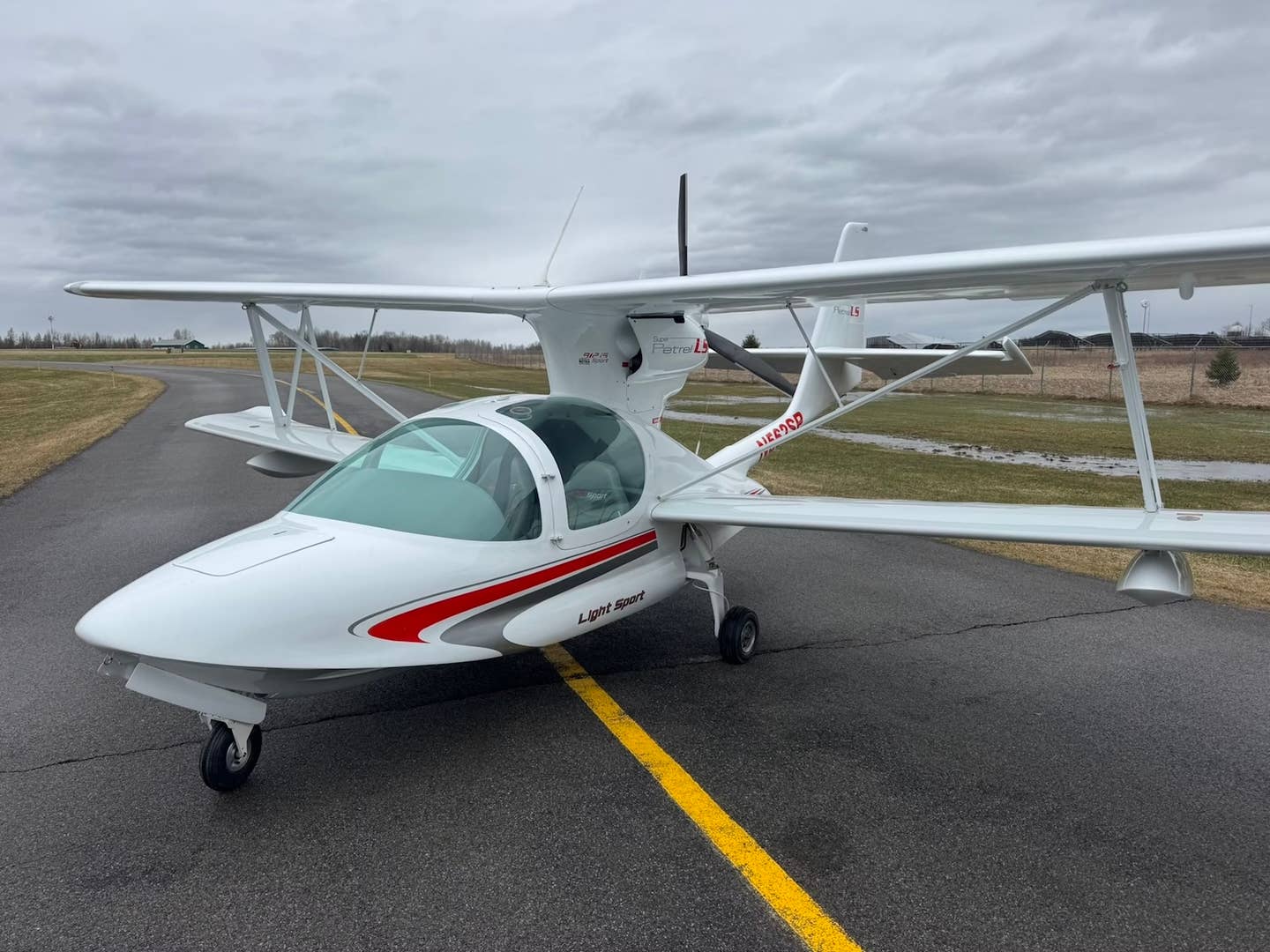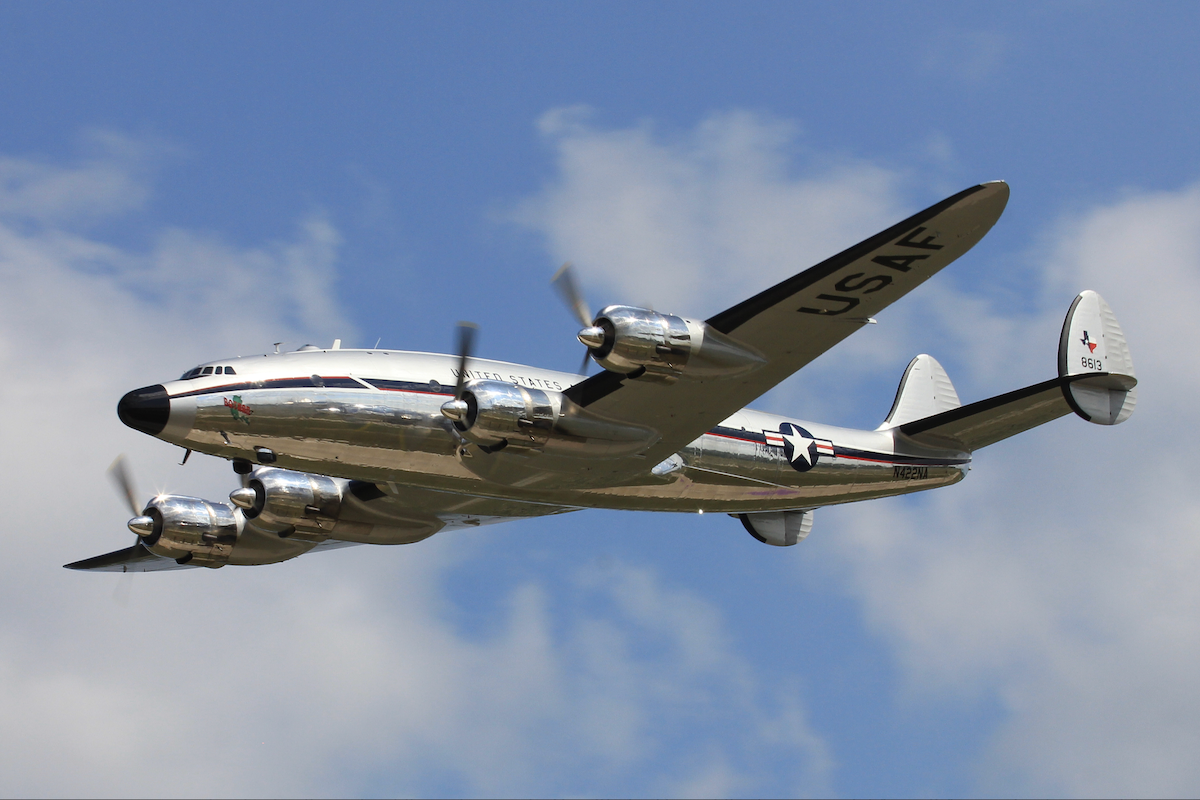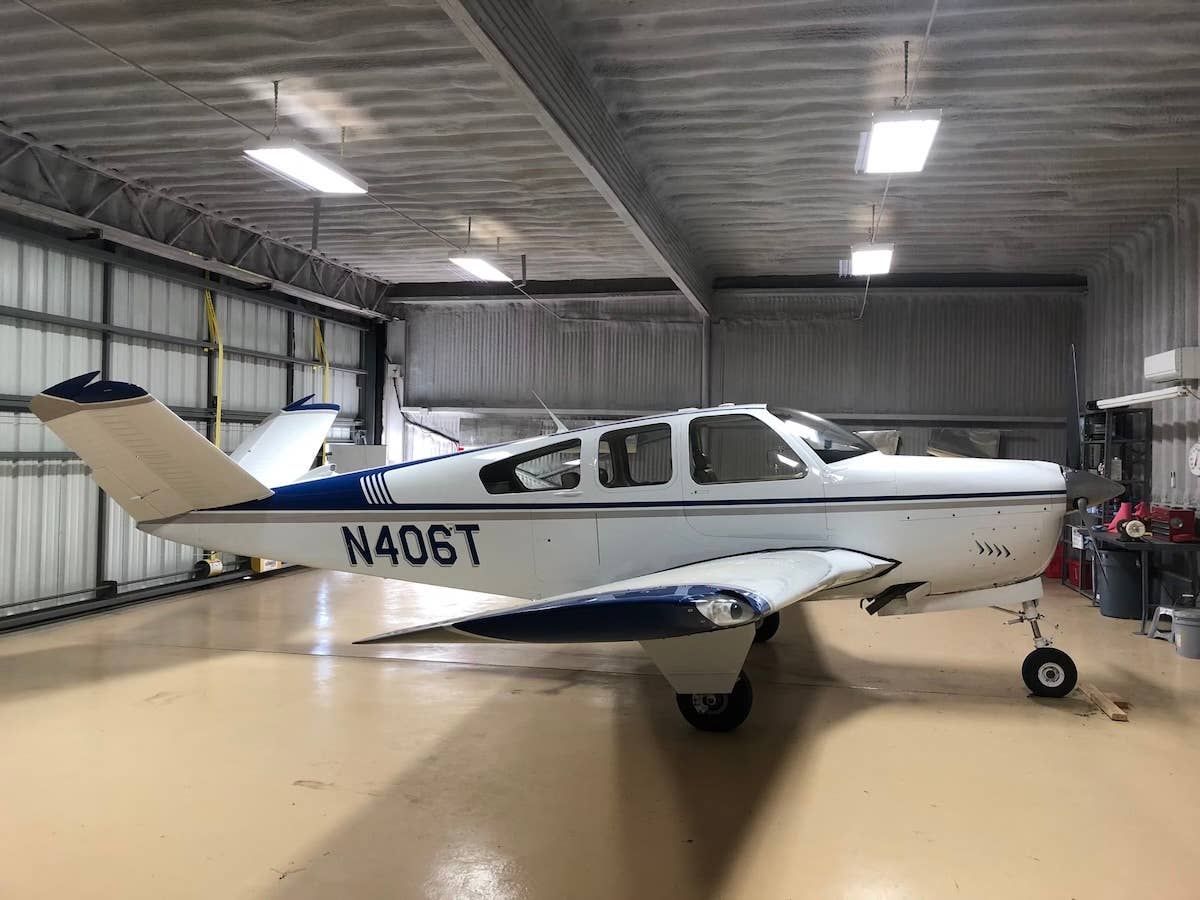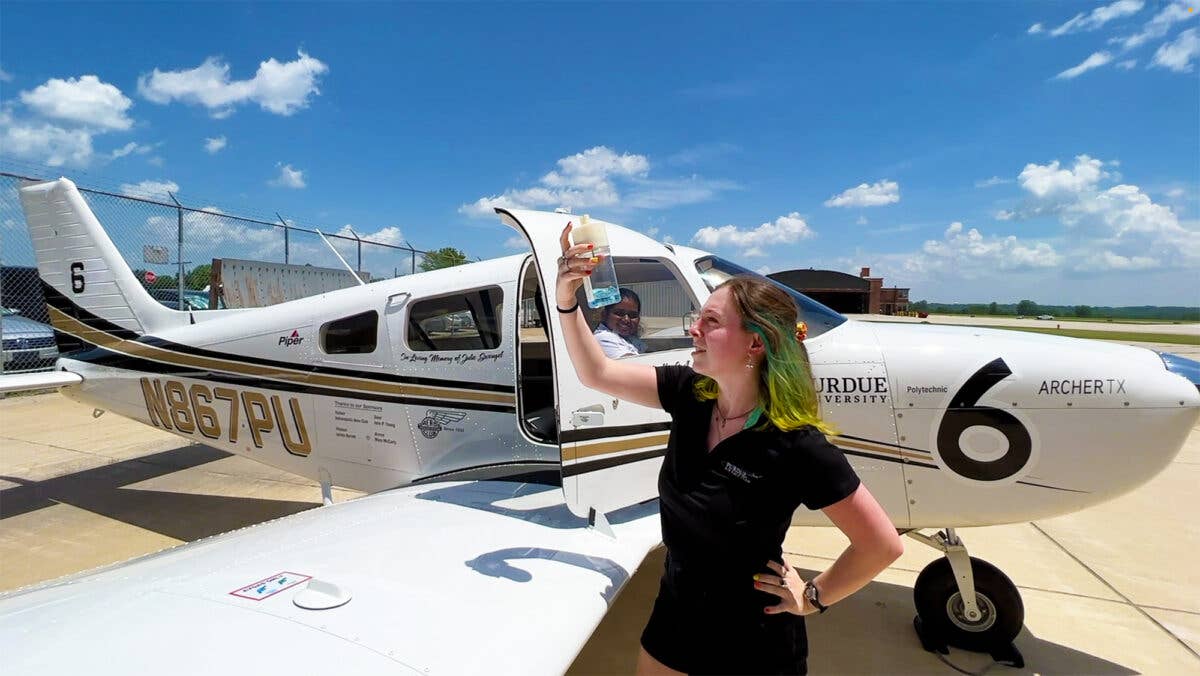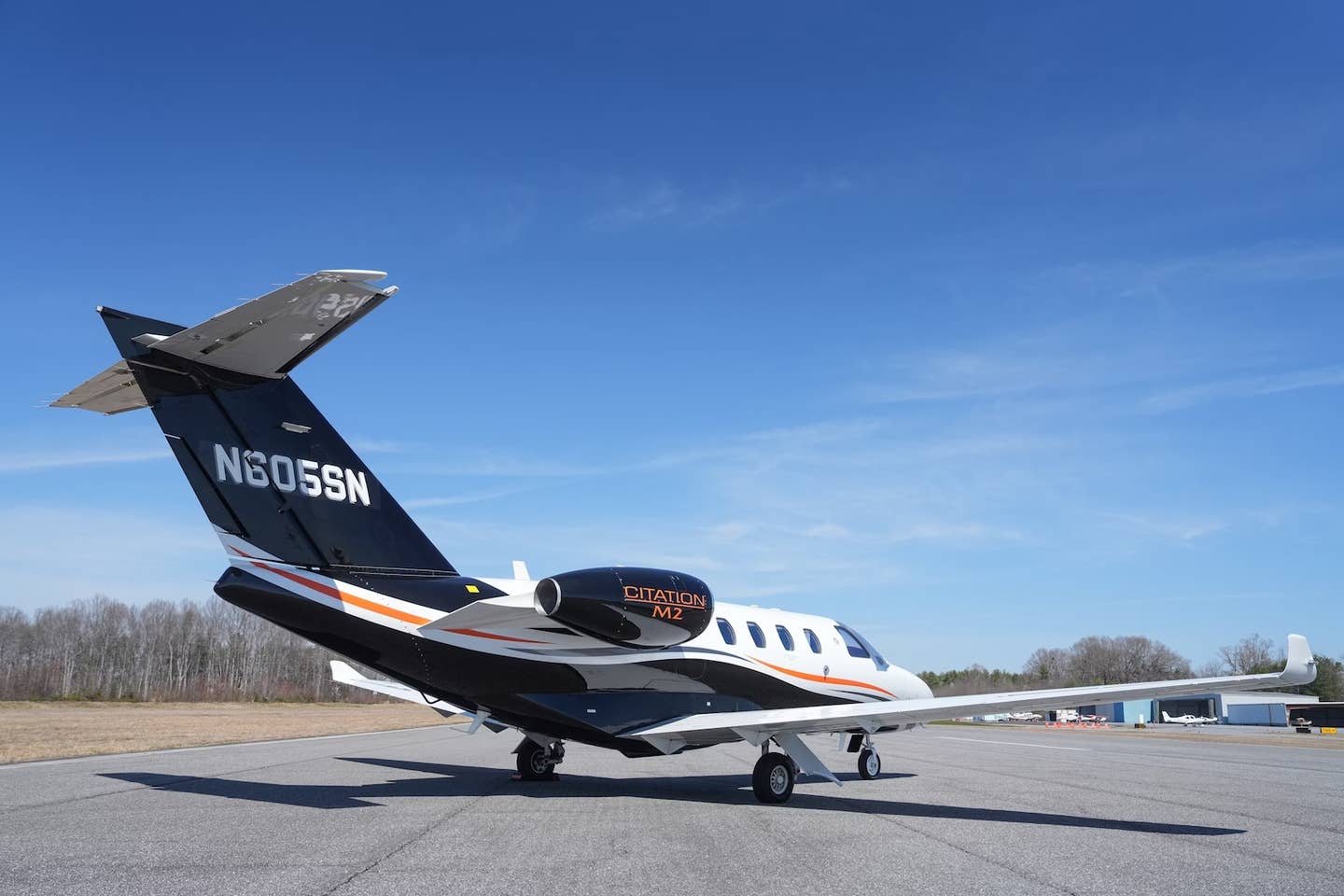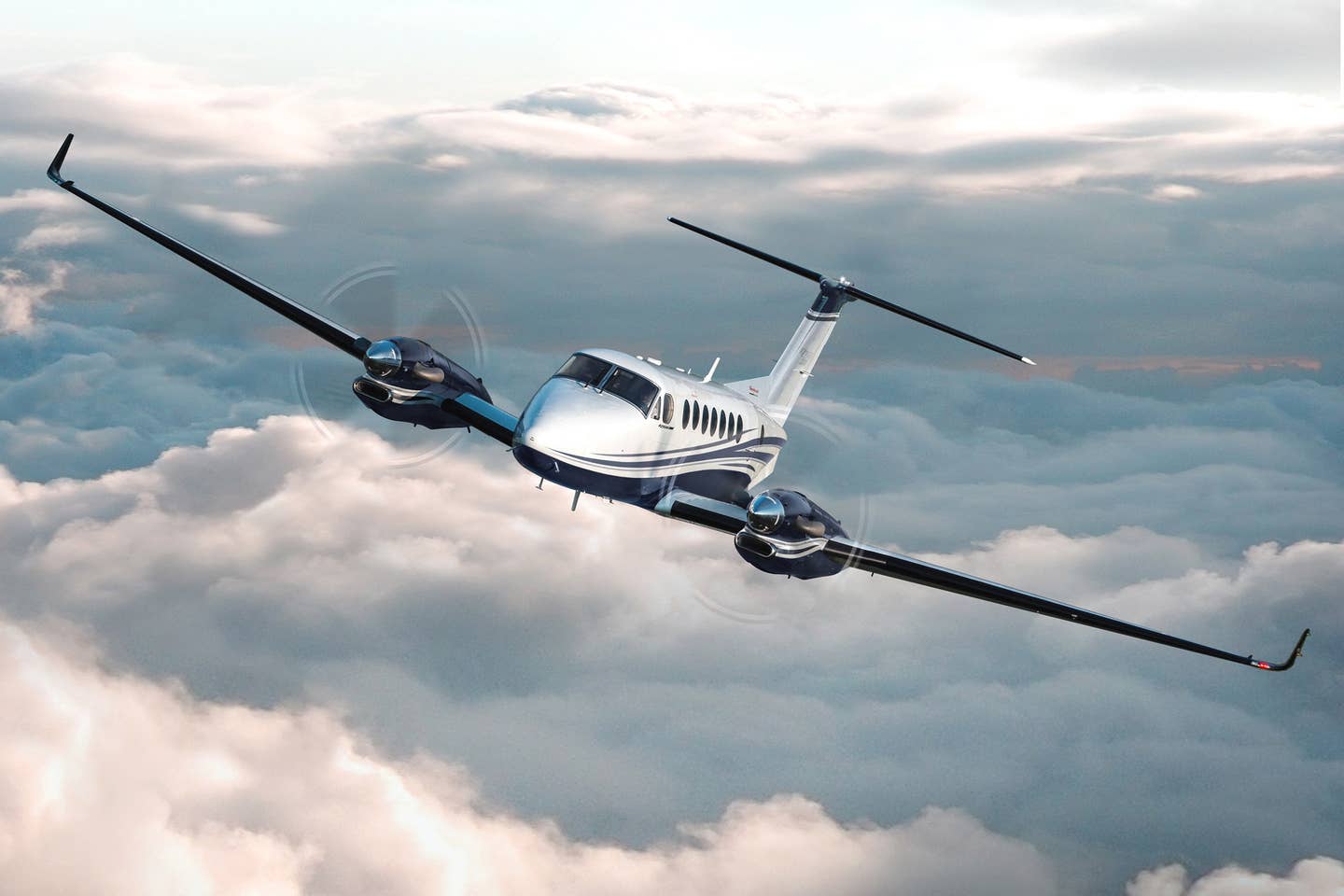
The King Air 360 and 360ER extend the 300-series Beechcraft into the future with improved systems. Textron Aviation
In a response to customer feedback—and a desire to push well-loved members of its product line forward—Textron Aviation announced on August 4 the new flagship of the Beechcraft line, the King Air 360 and 360ER. With autothrottles, better pressurization, and increased cabin comfort, the latest King Air aims for easing pilot workload, and turning a 56-year-old workhorse into one that’s a bit more user-friendly and firmly in the modern age.
“This exciting aircraft builds on the successful legacy of the King Air 350 platform…the enhancements we’ll announce today were incorporated through many conversations over the years [with our customers],” said Ron Draper, president and CEO of Textron Aviation. “We focused on all the important aspects of aircraft ownership and operation. In the front of the aircraft, we’re going to detail what we’ve done to reduce the workload for pilots, making flying the aircraft easier.”
First among these upgrades is the IS&S ThrustSense Autothrottle, which support the pilot throughout the flight regimes, including takeoff, landing, and go-arounds, computing and controlling power settings. It provides envelope protection that adjusts the power output of the engine during engine-out operations, allowing for better pilot control and allowing the airplane to accelerate and climb on one engine.
The new digital pressurization controller automatically schedules cabin pressurization throughout the flight, taking this task from the pilot’s workload in both climb and descent—and improving passenger comfort in the process. The airframe went through structural updates to increase the maximum cabin pressure, resulting in a 10 percent decrease in cabin altitude compared to the King Air 350i. At 27,000 feet, for example, this translates into a cabin altitude of 5,960 feet. The removal of the cabin pressurization controls from the instrument panel declutters it by replacing these—and the flap indicator—with digital displays on the Collins Aerospace Pro Line Fusion MFD in the integrated flight deck.
The cabin has seen great improvement as well, clearly informed by the materials and solutions found in Textron Aviation’s Citation line—but keeping the King Air’s flexible-missions flavor. Along with a reimagined interior and new colorways, user-pleasing features such as the manual window shades have returned, which are relatively easy to replace in service. Christi Tannahill, senior vice president, interior design and engineering, related that the popular King Ranch interior upgrade remains available among the new options.
Rob Scholl, senior vice president of sales and flight operations, introduced the new model with a synopsis of the company’s efforts across its product lines over the last 5 months. “We’re at a point where we are financially stable enough that we can continue to invest into new products, new services and upgrades,” said Scholl. With more than 7,000 King Airs in service—including 1,300 of the 350 series made—the model was ripe for a facelift. The 360 represents a block point change, introducing new features and structural changes at a point on the 300-series production line, rather than requiring a new type certificate.
Scholl indicated that the 360 and 360ER are close to completing certification, and Textron Aviation anticipates first customer deliveries will being in the fourth quarter of 2020. Upon picking up their new King Air, pilots will be able to take advantage of the airplane’s compatibility with sustainable aviation fuel—available at the company’s service center in Wichita, Kansas. Base price remains the same for both models: $7.9 million for the 360 and $8.795 million for the 360ER.

Sign-up for newsletters & special offers!
Get the latest FLYING stories & special offers delivered directly to your inbox

